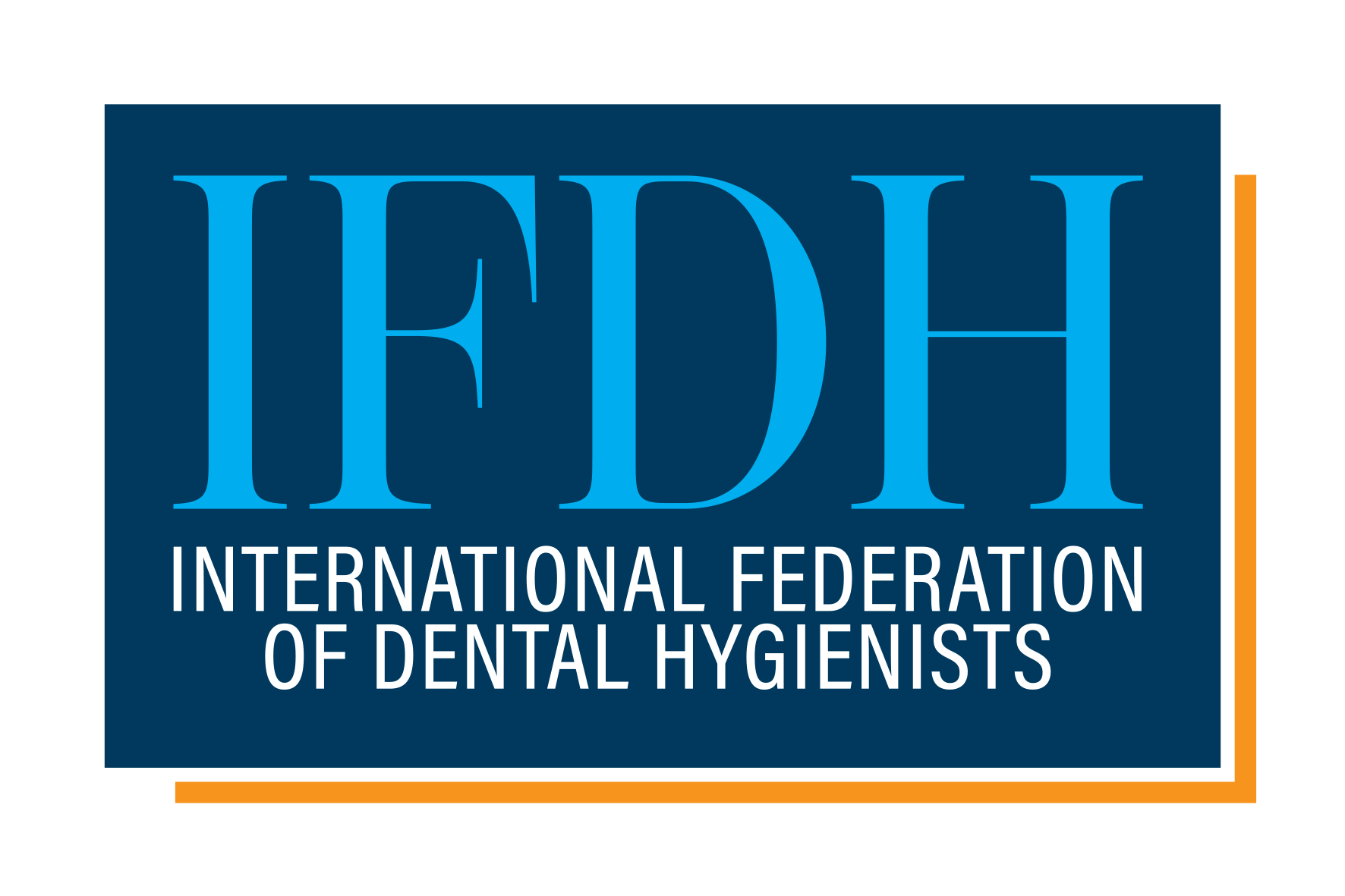IFDH Sustainable Dentistry Survey
 In July 2022, the IFDH fielded a survey to better understand global dental hygienists’ practices and beliefs on sustainable dentistry. This was the 7th in a series of surveys to help identify opportunities for future educational programs. See the PowerPoint and PDF summaries at the bottom of this page.
In July 2022, the IFDH fielded a survey to better understand global dental hygienists’ practices and beliefs on sustainable dentistry. This was the 7th in a series of surveys to help identify opportunities for future educational programs. See the PowerPoint and PDF summaries at the bottom of this page.
Demographics
The survey was sent to 34 national associations. There were 295 respondents, representing 24 countries. The top countries with respondents were:
- Canada 19%
- USA 15%
- Portugal 9%
- Korea 8%
- Switzerland 8%
- South Africa 7%
- Finland 6%
- Spain 4%
Respondents were slightly skewed towards those with 25 years in practice or more.
- 59% of respondents reported having a Bachelor’s degree or Diploma
- 59% work in a private practice setting
- 13% are in an independent dental hygiene practice.
Topline Results
- There is an opportunity to raise awareness of the concept of sustainable dentistry.
Only 22% of respondents are “extremely familiar” or “very familiar” with it.
44% of respondents are “only a little” or “not at all familiar” with it.In a break-out by region, North American respondents indicate less familiarity with the concept of sustainable dentistry versus those from Europe and other regions.
- The top 3 attributes respondents most commonly associate with sustainable dentistry are:
- Reducing use of plastic in the practice
- Reducing overall waste in the practice
- Using environmentally-friendly products in the practice
- The top 3 attributes respondents most commonly associate with sustainable dentistry are:
- 84% of respondents indicated that sustainable dentistry is “extremely important” or “very important” to them after reading this definition: “sustainable dentistry is reducing the environmental impact in the practice of dentistry while ensuring infection control and good oral health outcomes.”
- 40% of respondents said the primary dental practice in which they work has “increased focus on preventive care” specifically to improve the sustainability of the practice. This was the top action step cited. 77% of respondents agree that preventive oral care plays a role in reducing emissions. About 1/3 of respondents said the practice had reduced paper, plastic, and/or waste to improve sustainability of the practice.
- The 2 biggest challenges to achieve sustainable dentistry include:
- Financial cost
- Limited selection of environmentally-friendly products and equipment
- 88% of respondents agree that “Dental hygienists have a responsibility to contribute to sustainability in dentistry.”
More results are available in the PowerPoint summary and PDF file below:
- Click here to save the PowerPoint summary with detailed results.
- Click here to save the PDF results summary file.
We would like to thank the respondents for taking time to complete the survey. The information is very useful and will help guide future educational learning opportunities.
The IFDH thanks Procter & Gamble (Crest/Oral-B) for supporting this project.





